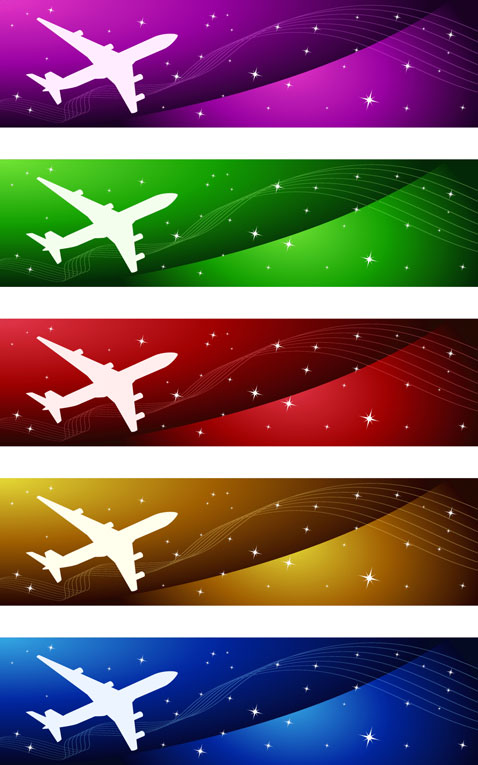 Fraport
From The Ground Up Fraport
From The Ground Up
The notion of security invincibility amongst
air cargo integrators has been smashed, but when the question is ground
handling and how margins can be increased, Managing Director Fraport Cargo
Services Winfried Hartmann has some ideas.

Mr. Hartmann told The 12th Ground
Handling Conference taking place in Vienna November 29-December2:
“Currently, the state of the air cargo
industry is not all that different than other areas of commerce, including
the automobile business supply chain.
“Everyone concentrates mainly on their
special area of responsibility—period.
“The idea is to optimize only within
one’s own boundaries, whilst none are able to invest in total process
quality.
“In general, the air cargo industry
in 2010 is working the same way as it did 30 years ago.
“It seems air cargo can have this
luxury despite the global economic crisis, local wars, health epidemics
and volcanic eruptions which hit our industry nowadays.
“Still, the parties are involved in
conflict-loaded relationships, which promote rather than avoid friction
losses.
“Among other things the potential
for conflict has its origin in the entitlement of the involved parties
on system leadership.
“For example, this fact supports the
disadvantage of traditional air cargo when compared with integrators that
have taken over significant air cargo market shares in the last decades.
“A good example of all of this is
e-freight.
“For years the air cargo industry
has been discussing the advantages, and we can say now in 2010 that it
has at least confirmed a consensus to do e-freight.
“So now as dozens of countries, airlines,
airports, handlers and forwarders report: ‘We are ready for e-freight,’
what is the result as year 2010 nears the end?
“Currently, only 0.4 percent of annual
air cargo volumes are shipped paperless, meaning 99.6 percent of air cargo
is still flying ‘classic old style,’ followed by a paper trail
almost as long as the air routes.
“We are all convinced of the advantages
of e-freight, but seem frightened of putting the initial investment needed
for a change.
“My view is that the way to make the
e-freight argument is to put a price tag on it and demonstrate the extra
costs of a classical paper trail shipment.
“Once actual costs become common knowledge,
change will be triggered.
“Another area in which change needs
to continue is air cargo security.
“In Europe, a common air cargo security
policy was brought off the ground in 2006, which changed into a bureaucratic
nightmare after it was implemented by various governmental agencies across
EU.
“Without really knowing or understanding
the circumstances of the air cargo process, inconsistent rules were created;
unworkable techniques have been dictated and massive investments with
no related gains in security for the total air cargo chain are now in
place everywhere.
“Like the historic Main that flows
just nearby our gateway in Frankfurt, air cargo also flows like the water
in an ancient river; air Cargo always seeks the easiest path.
“The lack of a clear central policy
toward air cargo security has, in some cases, caused a migration of air
freight toward ocean freight and other markets and stakeholders.
“What can ‘we’ do, meaning
everyone in the air cargo process chain?
“I believe in collaboration and partnerships.
“Not partnerships in term of one partner
doing all the work and the other not; air cargo needs partnerships that
are geared to overall process success, like a rope team on its way to
a hilltop.
“What is needed is a partnership that
uses a joint approach to take over various functions in the process chain
whilst respecting the independence of all involved parties, with an aim
towards achieving synergies that streamline the total process.
“The air cargo process offers a well
suited possibility of vertical integration (airline – handling agent
– forwarder = supply chain).
“But these ideas require a radical
rethinking by all parties involved.
“It is long-term success that counts,
and not the short-term margins.
“Change will include investments in
infrastructure, processes, information technology, environmental protection
and employees.
“Additionally, what is needed is compatible
improvements along the process chain and the interfaces, coordination
and integration of tasks and solutions and an assumption of responsibility
by the involved parties. “Predictable
and reliable support along the process chain enables us to offer the principle
of a ‘one stop shop’ to our customer.
“If everybody is enabled to offer
his core competencies without having to fear an immediate suspension from
the ‘game,’ the classical airfreight chain with the addition
of the forecasted growth rates can expand and achieve a quantum leap into
the 21st century.”
|




